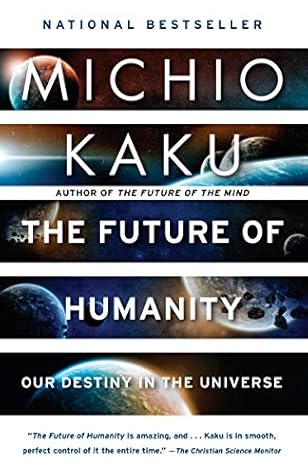Finally, in 1905, he found the answer. His name was Albert Einstein, and his theory was called special relativity.
Finally, in 1905, he found the answer. His name was Albert Einstein, and his theory was called special relativity. He discovered that you cannot outrace a light beam, because the speed of light is the ultimate velocity in the universe. If you approach it, strange things happen. Your rocket becomes heavier, and time slows down inside it. If you were to somehow reach light speed, you would be infinitely heavy and time would stop. Both conditions are impossible, which means you cannot break the light barrier. Einstein became the cop on the block, setting the ultimate speed limit in the universe. This barrier has bedeviled generations of rocket scientists ever since.
But Einstein was not satisfied. Relativity could explain many of the mysteries of light, but he wanted to apply his theory to gravity as well. In 1915, he came up with an astonishing explanation. He postulated that space and time, which were once thought to be inert and static, were actually dynamic, like smooth bedsheets that can be bent, stretched, or curved. According to his hypothesis, the Earth does not revolve around the sun because it is pulled by the sun’s gravity, but because the sun warps the space around it. The fabric of space-time pushes on the Earth so that it moves in a curved path around the sun. Simply put, gravity does not pull. Instead, space pushes.


